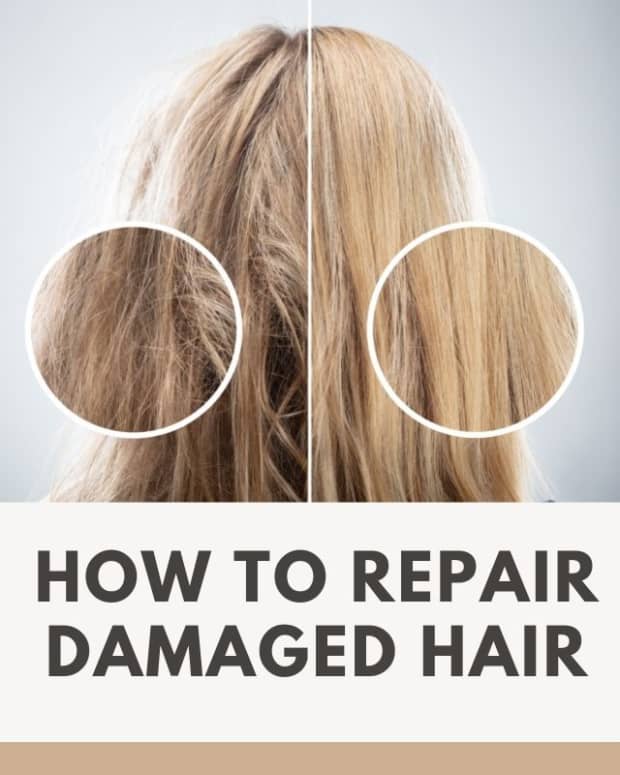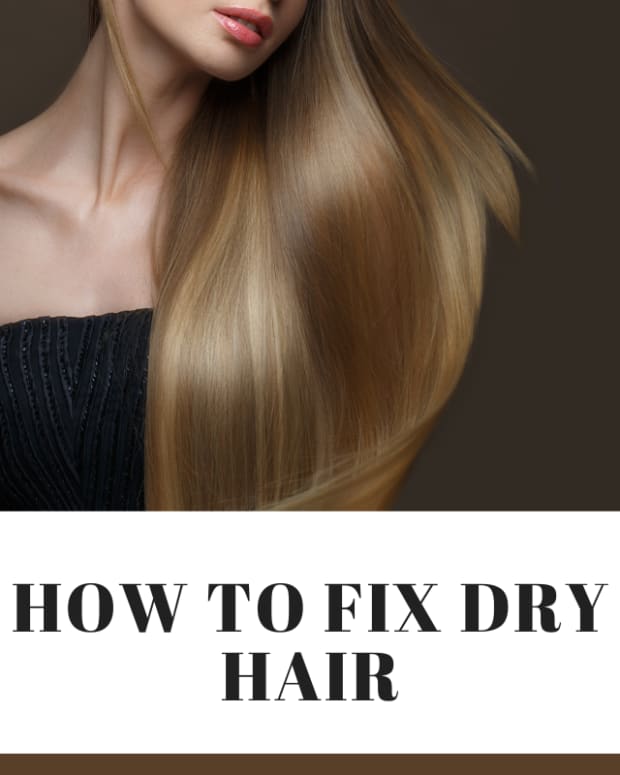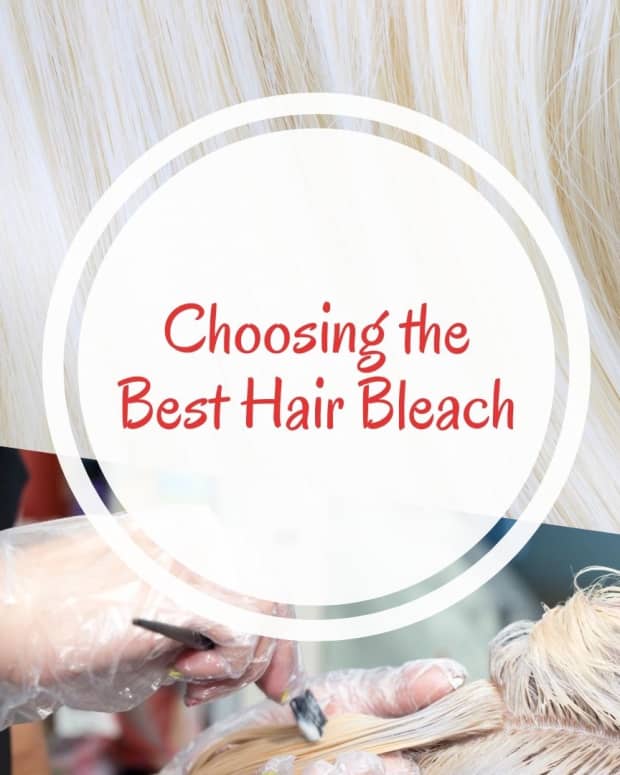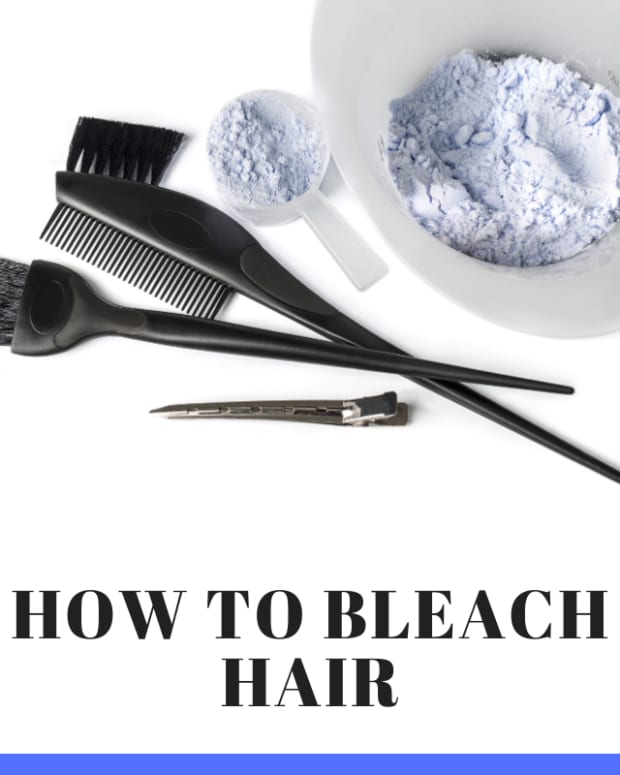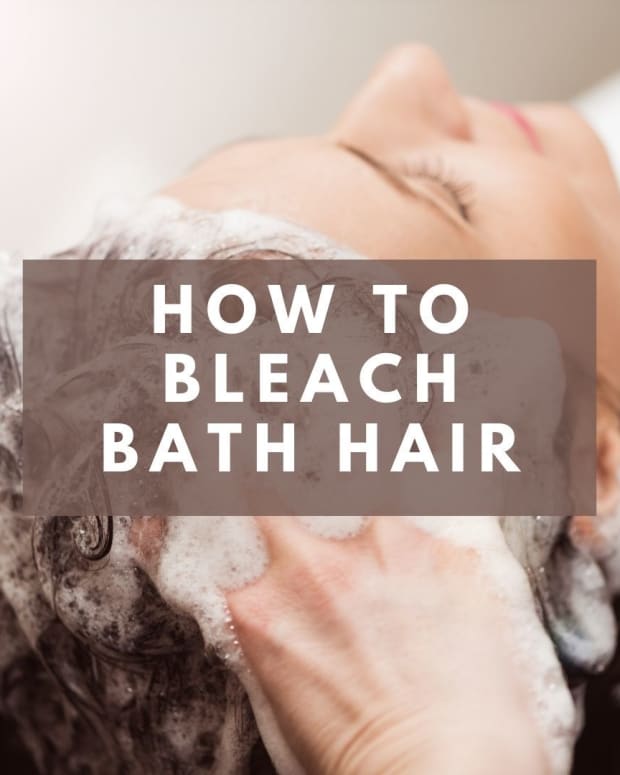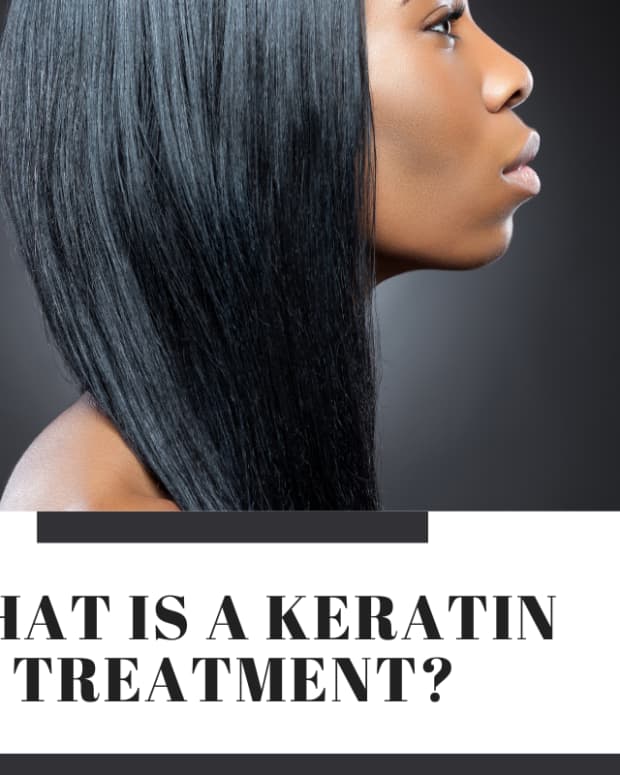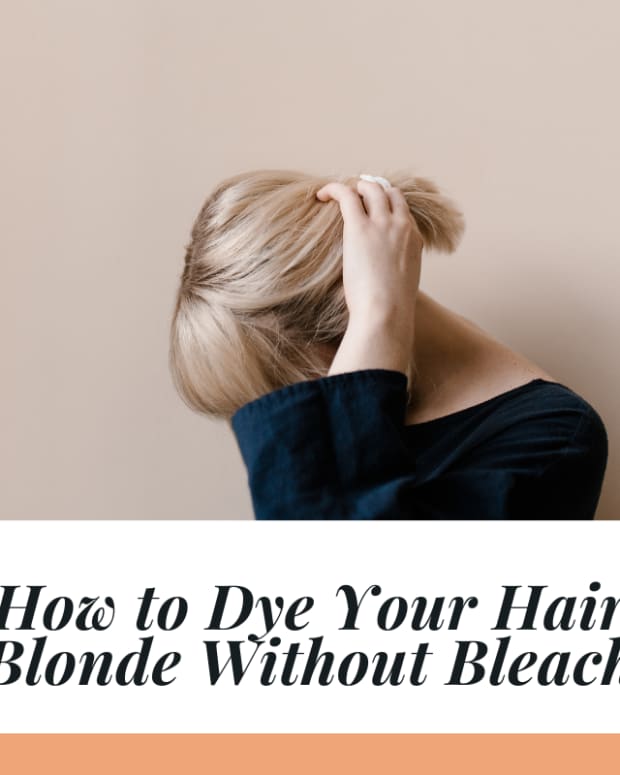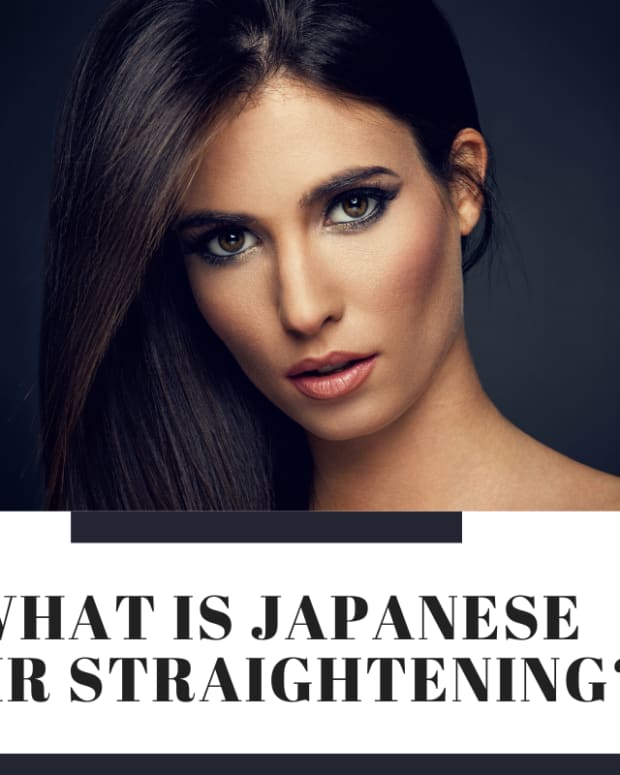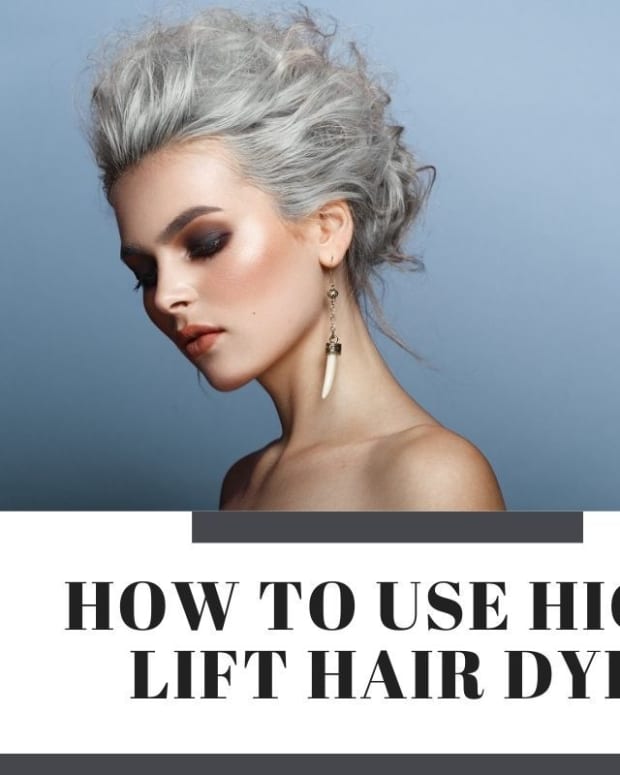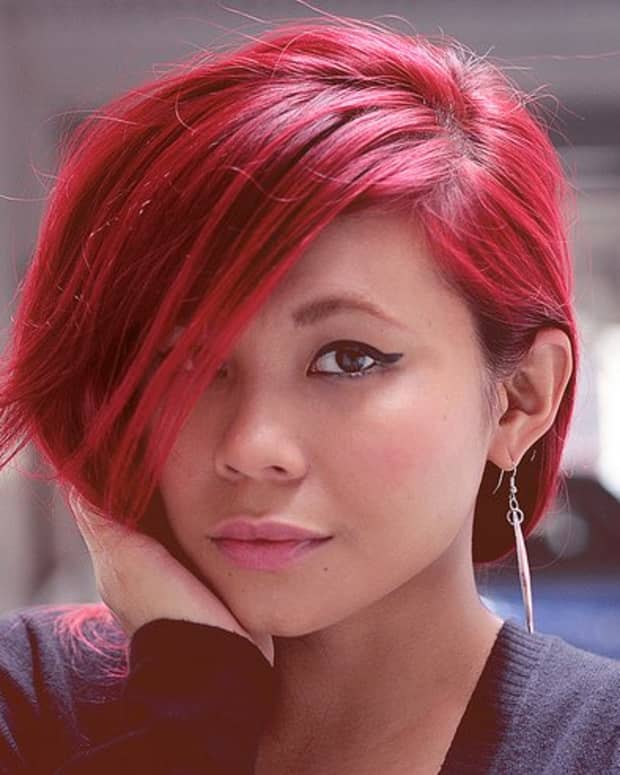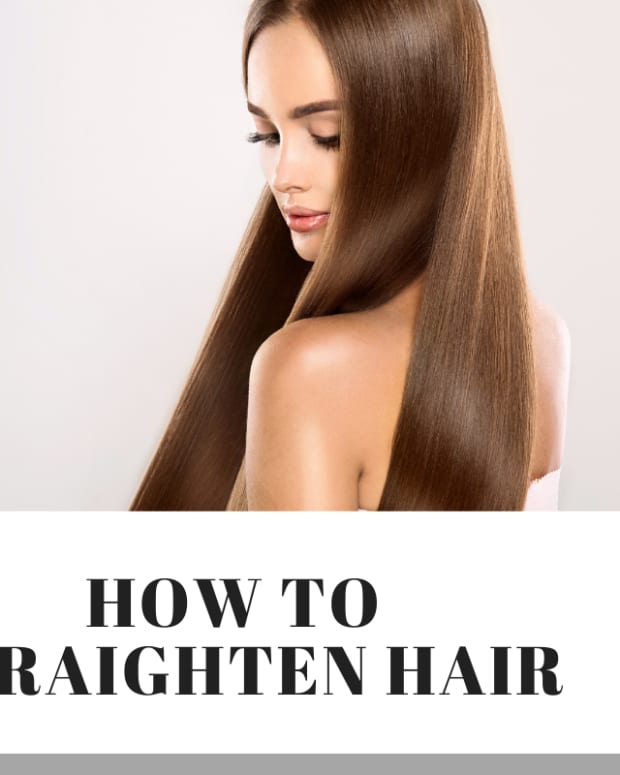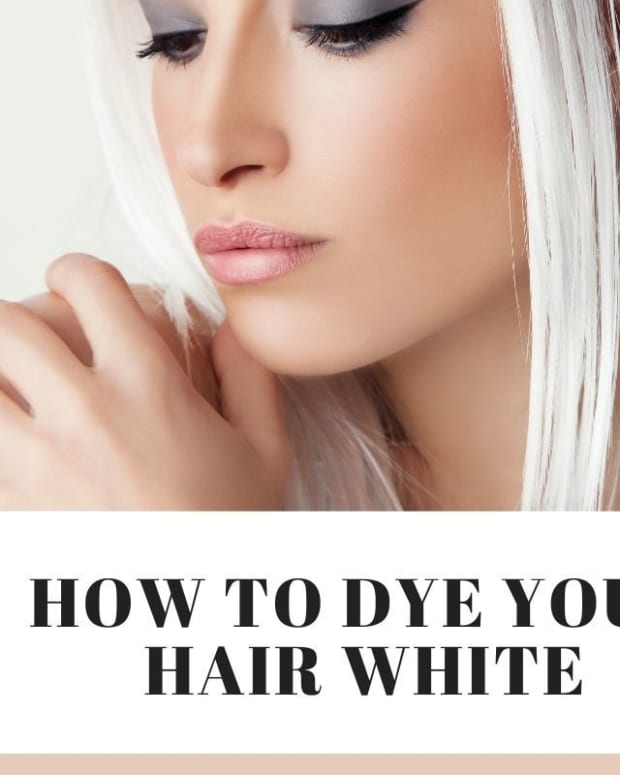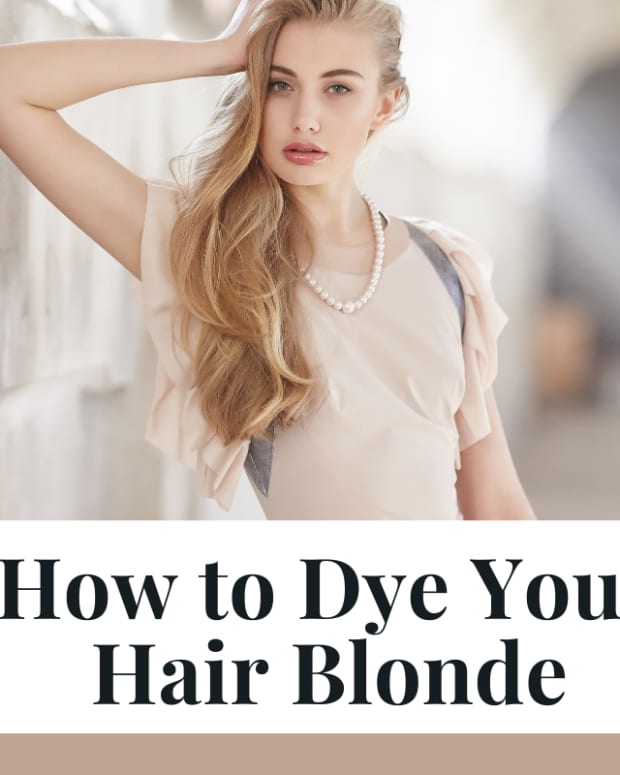How to Repair Bleached Hair
I offer professional advice and knowledge about all things hair dye. Discover the terminology, chemistry, and processes behind dyeing hair.
Bleach is one of the most effective tools for lightening your hair and changing its color completely. It also has a well-known propensity to damage the hair, which has lead to disastrous situations for many people.
Having hair that feels and looks like straw is certainly a distressing situation to find yourself in, but don't rush to cut it off just yet. There are simple, effective ways to save your hair and style.
How Does Bleach Damage Hair?
Bleach and other hair lighteners work through a chemical process called oxidation, and whilst this is highly effective for lightening the color of your hair by altering the natural melanin pigment within, oxidation may also attack a protein called keratin. This is bad because keratin comprises your hair, giving it structure and texture, meaning that any damage readily results in a loss of strength and condition.
It's not just keratin itself that is relevant to your hair's shape and form, though. A type of bond called a disulfide bridge forms readily between cysteine amino acids in the keratin protein, and this is responsible for a lot of the strength inherent to your hair, as well as being partially responsible for your hair's texture. This amino acid is particularly vulnerable to oxidation, which causes the bonds to be broken, leading to weakness and loss of texture.
It's not all bad news, however, when left alone, these bonds will gradually reform to an extent over time, and this is why hair seems to get better if it's not constantly subjected to chemical treatments. Speeding up and improving this process is crucial to repairing bleached hair and restoring it to good condition more effectively.
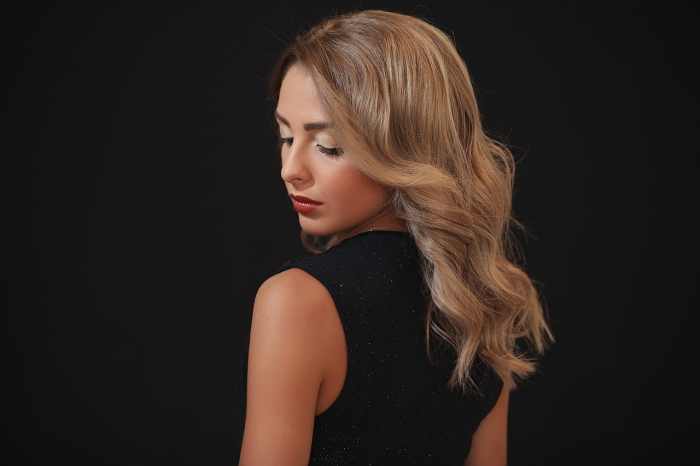
Bleached hair can be very susceptible to dryness and frizz but timely repair can keep it looking great.
How to Know If You Have Bleach-Damaged Hair
If you've just bleached your hair and rinsed it out to discover that your hair feels as if it's simply breaking apart or melting, this is the absolute worst condition your hair can be in. Its structure has deteriorated to the point that it can't even hold itself together. Hair like this looks and feels like straw once dry, and it's the most visible and obvious damage.
Less severe damage may not be as obvious as that, but it still has repercussions that affect your hair's condition, so it's important to be able to spot the signs of damage to treat it before it becomes a bigger problem in the future. Some of the major signs of lightener damage include:
- Frizz
- Breakage
- Dryness
- A rough feeling to the surface of the hair
- More fragility to the hair when wet
- Loss of elasticity
- Loss of natural hair texture
Some amount of any of these problems can be entirely natural to your own individual hair. Frizz and dryness are particularly common issues a lot of people face, so these aren't necessarily cause for concern. However, any time you see an increase in these hair damage symptoms following the use of a lightening product like bleach, that's a sign that the structure of your hair may have been weakened.
A loss of your natural hair texture or decreases in elasticity is among the most specific signs of structural damage to your hair, however. If you have wavy or curly hair that seems to have lost a lot of its curl after bleaching, this is due to damaged protein and broken bonds in your hair. Likewise, hair damaged in this way will feel weaker while wet and will be more likely to snap if pulled on or exposed to other mechanical stresses like rough towel-drying.
If left alone in this condition, your hair will continue to degrade with any subsequent chemical treatments and may reach a point where the damage becomes severe rather suddenly and unexpectedly when rinsing out bleach or dye, and that's why it's important to treat the damage early where possible. However, even if you already have extreme damage, it's possible to repair bleached hair and avoid cutting it off.
How to Restore Bleach-Damaged Hair
The way you repair your bleached hair depends primarily on how much damage is present, as this will determine whether you can succeed with a more mild treatment regimen or will need something stronger. In all cases, though, treatment will target the root cause of the damage—broken bonds and deteriorated protein.
Mild Damage
Mild damage is any amount of damage where there isn't significant breakage occurring, and your hair still feels relatively smooth. Hair like this suffers from a lot more dryness and frizz but can be managed with a combination of protein and conditioning treatments.
Protein treatments work by patching damaged keratin with ingredients like ceramide and arginine, as well as helping to restore broken bonds. Both of these actions greatly improve the strength and structure of the hair because this is directly treating the kind of damage that bleach causes. Conditioning agents like leave-in conditioners, balms, or hair serums just make the hair feel and look a lot better by reducing dryness, frizz and making the hair overall smoother and shinier.
A combination of both of these kinds of products is necessary to properly address the condition of your hair, but the protein treatment is the most important product to prioritize, and it should be used up to three times a week for the first week, followed by once weekly to maintain your hair's strength well into the future.
If you experience dryness and frizz, this should be addressed by using a deep conditioning treatment immediately, followed by the use of a leave-in conditioner or hair serum as often as necessary to combat the problem. It is likely that a lot of the need for this type of product will decrease as your hair improves due to protein treatments, but you should use them as often as required to keep your hair protected from dryness as your hair will be at its strongest when properly hydrated.
Read More From Bellatory
Severely Bleach-Damaged Hair
Hair that is severely damaged from bleach will also respond to protein treatments, but this may not always be enough. Expeditious application of protein can usually save it from being cut off. Still, your natural texture and a lot of the softness, shine, and strength will simply remain impaired until it grows out, and this isn't ideal if you're going to be stuck without the option to recolor it or dramatically change the style.
In situations like this, you need to use stronger products like keratin treatments or a hair bond restorer. These products can be used for milder damage too, but the process of using them correctly is both more difficult and time-consuming than simple protein treatments, so that is the downside. However, proper use will repair bleached hair to close to its natural state in many cases, so this can be well worth it.
Like with more mild damage, you need to immediately start using a protein treatment several times a week, and this frequency should be continued for 2–3 weeks before decreasing to a once-a-week usage. A bond rebuilder like Olaplex Hair Perfector should also be started as soon as possible, or you should apply a keratin treatment instead.
Either of these products will handle the bulk of the repair, giving the protein treatments a running start to get to work.
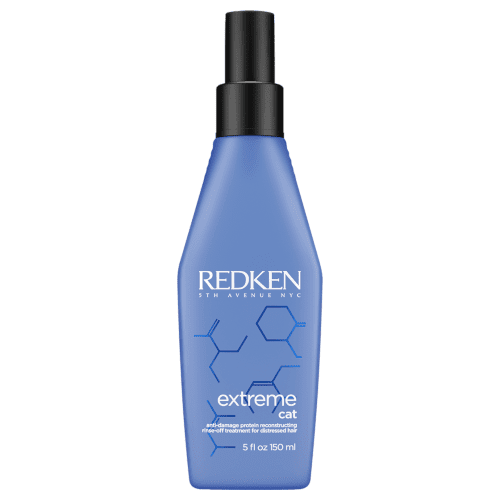
Protein treatments like Redken Extreme CAT actively repair damage to hair, leaving it stronger and healthier with each use.
Protein Treatments
The single most important tool for any hair repair task is the humble protein treatment. Not only are they relatively inexpensive, but they are also easy to use and only require a few minutes of time out of your schedule.
Products like Redken Extreme CAT can be used to repair your damaged hair by applying liberally after shampooing and leaving for 5 minutes followed up with a good conditioner or moisturizing treatment. This is literally all that is necessary to improve your hair and stop it from breaking or splitting if you have mild or moderate damage.
If you have more severe damage though you should still make the use of a protein treatment a swift priority, it's not going to be enough to dramatically restore your hair by itself. The addition of either a keratin treatment or bond restorer is necessary for this situation.
Keratin Treatments
Keratin treatments have two major uses: straightening hair and repairing hair. The reason this kind of product works for both of these purposes is that it creates artificial bonds that smooth and straighten out the hair whilst these new bonds will also replace the function of bonds that have previously been broken by damage.
Hair that is treated this way is strong, free of frizz, and looks healthy, making it one of the most effective products to repair bleached hair since it is addressing the physical cause behind the visible manifestations of this damage. That doesn't mean products like this are without their drawbacks though, as keratin treatments:
- Can be a little tricky to apply
- Smooth out hair texture, meaning loss of some of your natural curl
- Are time-consuming
- Last around a month
The treatment is long-lasting but not permanent as the bonds formed will gradually deteriorate over time as the hair is washed. It also reduces your natural curl a little even in products designed primarily to repair hair instead of straightening it as this is just a function of how it works. It's possible to limit the effect, but there will always be a slight smoothing, so if this is a significant downside for you, a bond restorer is a better choice. If you're tired of combating frizz or having to straighten your hair with a hot iron, though, this is the ideal treatment for you as it will smooth, straighten, and repair your hair all at once.
However, to use one is not as easy or quick as some treatments as it needs to be set into the hair. This is accomplished by applying it to damp, freshly shampooed hair, then blow drying your hair out straight, followed by meticulous straightening with a straightening iron at 230°C (446°F). After application, the product needs to be left in the hair for around two days, at which point it can be washed out, and the results will last at least a month in most cases, potentially up to two months.
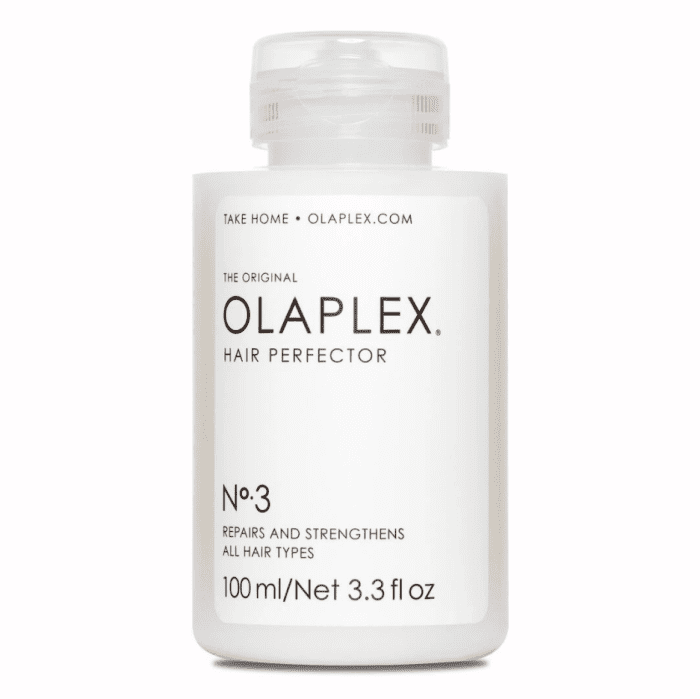
Bond rebuilders like Olaplex restore the condition of damaged hair without affecting its normal texture and style.
Bond Rebuilders
Bond rebuilders like Olaplex work exactly as the name suggests by restoring broken bonds and even building new bonds. Unlike a keratin treatment, the product isn't relatively instant and will require time to work, but it eventually shows similar efficacy to repair bleached hair after a few uses and doesn't affect your natural texture—in fact, it helps to restore it.
Products like the No.3 Hair Perfector are used similarly to a protein treatment by applying to previously shampooed hair, but the treatment needs to be left for a much greater duration, up to 20 minutes. There are also similar products that are designed to be added in small amounts to bleach or dye before using these chemical treatments and this helps reduce the damage that occurs as it happens, but this won't be something that can help you if you already have damage.
Conditioning Agents and Aftercare
Conditioning agents moisturize the hair, and this provides symptomatic relief to a lot of the problems you can see in damaged hair like dryness and frizz. They don't actively repair bleached hair, though but instead support the natural bond restoration process as well as any repairing treatments you're already using.
Deep conditioning treatments are the strongest kind of product in this category and can be used to immediately reverse even the worst dryness making them especially useful right after bleaching. Using a product like this will also help to correct the pH of your hair to get it back to normal faster.
Other products like leave-in conditioners, sealing treatments, and hair serums all have their place in hair care and support your repair efforts by keeping your hair properly hydrated and smooth, protecting it from further stresses like humidity and sunlight. Hair that is properly moisturized is more receptive to repair treatments.
In all cases, you should use conditioning products whenever you are suffering from dryness while repairing your bleached hair and even after you scale back or stop the use of protein treatments and other agents. Doing so is part of the after-care to any good hair repair and helps to keep your hair feeling smooth and looking healthy.
Further Reading
How to Repair Damaged Hair Properly
This content is accurate and true to the best of the author’s knowledge and is not meant to substitute for formal and individualized advice from a qualified professional.
© 2020 Maffew James






